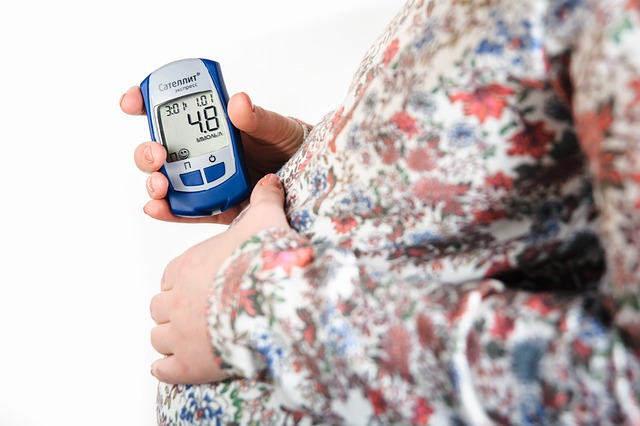Wondering if you might be facing infertility? Many individuals and couples grapple with this question after unsuccessful attempts to conceive. The most effective way to pinpoint the reasons for difficulty in getting pregnant is through testing.
The testing process is typically straightforward and can begin with your OB/GYN. If you opt to pursue diagnostic testing at our facility, we can usually provide a diagnosis in less than 4-6 weeks, depending on your cycle phase. Our laboratory conducts all blood work on-site, with results available within 24 hours. Other tests, such as ultrasounds, yield immediate results.
Fortunately, most insurance plans cover the cost of diagnostic screenings, which can often be a barrier for many. We’ve found that about 90% of our patients have insurance coverage for their initial fertility assessments, making the journey toward treatment more manageable.
When to Seek an Evaluation
A common question is how long to try on your own before consulting a specialist. For individuals under 35, it’s advisable to seek an evaluation after one year of unsuccessful attempts. Those over 35 should consider evaluation after six months, while individuals over 40 should consult a fertility expert as soon as possible. Additionally, women with conditions like PCOS, irregular cycles, or a history of multiple miscarriages may wish to get evaluated sooner.
Basic Infertility Work-up
The modern basic infertility assessment is efficient and involves fewer tests than in the past. This streamlining helps accelerate the diagnostic process without compromising accuracy. Key components of the work-up include:
- Detailed Patient History
- Ovarian Function Testing
- Hysterosalpingogram (HSG)
- Semen Analysis
Detailed Patient History
A thorough patient history is crucial for diagnosing infertility. Factors such as the female partner’s age, how long the couple has been trying to conceive, menstrual history, prior pregnancy losses, and any past surgeries involving the ovaries or uterus are all considered. Lifestyle choices, including weight and smoking habits, are also evaluated, as extremes can significantly impact reproductive health.
Ovarian Function
Your physician will assess ovarian function, including ovarian reserve and ovulation status. Ovarian reserve refers to the quantity and quality of a woman’s eggs. Blood tests, often done on the third day of your cycle, measure hormones like FSH, E2, LH, TSH, and Prolactin to evaluate ovarian function. An ultrasound may also be performed to assess the antral follicle count, providing a clearer picture of ovarian reserve.
Tubal and Uterine Anatomy
A Hysterosalpingogram (HSG) is a quick, minimally invasive test that uses X-ray technology to check the health of the uterus and fallopian tubes. This procedure is typically completed in about three minutes, and while some women report discomfort similar to menstrual cramps, many find it far less painful than expected. The HSG is scheduled between days 5 and 12 of a woman’s cycle, allowing for real-time evaluation of uterine shape and tubal patency.
Semen Analysis
A semen analysis is an essential, cost-effective test in any fertility assessment. Surprisingly, around 40% of infertility cases are linked to male factors. The analysis looks at sample volume, sperm concentration, motility, and morphology, providing critical insight into male reproductive health.
For further reading, check out our other blog post on the timeline and tips for when babies start talking, which you can find here. If you’re considering at-home insemination, this kit is an excellent resource for boosting fertility. For more comprehensive information on intrauterine insemination, this article is highly recommended.
In summary, understanding the steps for a complete fertility diagnosis can empower you on your journey to parenthood. The process encompasses a detailed patient history, hormone testing, and evaluations of uterine and male reproductive health, guiding you toward effective treatment options.

